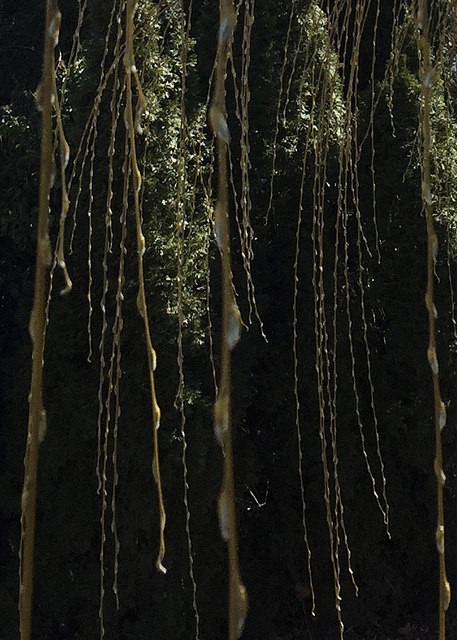
“Show, don’t tell. Reveal the carnal details of the scene. Use those details to show and, by inference, tell the story. Images do not only speak to the mind, but also activate the heart and senses, and spark the “blink” of intuition in which the viewer recognizes in an instant what is being communicated.” ~ David Ulrich
David Ulrich is a photographer and teacher from Hawaii. He writes beautifully about the creative process in his book, The Widening Stream: The Seven Stages of Creativity. As is usual with my favourite writers, his lessons go well beyond photography.
Ulrich has a new book coming out next year, called Zen Camera: Six Lessons in Photography to Awakening Creativity and Sight in the Digital Age. In this article, he outlines the five visual elements that should be considered when observing and photographing a scene – the frame, the light, the moment, the use of colour and tonality, and finally, treatment of the subject.
Since I’m always looking for new ways to write about photographs, I wondered if using these five elements would make a good visual journaling exercise. Here’s an example with the photograph in this post.
The Frame
“Take responsibility for what’s in the frame.”
As goes for life, so goes for photography. Know what you’re leaving in and what you’re leaving out. I saw the winter fronds of this willow tree lit up by the bright sunshine. The dark green trees behind provided a perfect backdrop. I moved in close to eliminate distractions and focus on those slender branches.
The Light
“Watch the light and savour it, always. Photograph what is in the light that exists.”
There is always light as well as shadow and its quality is ever-changing. In this case, it was the light sparkling on these willow fronds that I wanted to capture. I only had my iPhone with me, so had to work within that constraint. The bright sunshine caused the dark green background to go almost black, enhancing the light on the fronds.
The Moment
“It is your moment to select out of the flow of life, and it reveals as much about you as it does the world itself.”
This is one of those ordinary moments of my everyday life that lights me up, just like the sun lit up these branches. Noticing light is a great way to add richness to your day. It bathes the world in such a way that you can’t help but see differently. Normally, these delicate branches might not attract my attention, but in this particular moment, they did. And, it’s all because of the light.
Use of Colour and Tonality
“Colour and tonal relationships are felt and sensed way more than they are analyzed or intellectualized.”
This image is strong in contrast between dark and light tones, which creates drama. The hint of green adds a sense of freshness. It was definitely a moment that was felt more than intellectualized.
Treatment of the Subject
“You begin from where you are. What is most urgent; what do you deem important to explore and express?”
The theme of falling or surrender struck me in this scene. The fronds are so delicate. They hang from the rooted tree, swayed by the wind, bathed in the light. Each is beautiful in its own way.
“Sketching ideas, by responding freely and naturally to life through a camera, is a potent form of discovery and can help clarify your concerns. In fact, many photographers take pictures and writers put their pen to paper in order to clarify and expand their ideas, without knowing exactly what will come through their camera or pen beforehand.”
Why not try this with one of your own photographs? What do you discover?
** Books mentioned have Amazon affiliate links, meaning I make a few cents if you purchase through my link. I only recommend books that I’ve read.